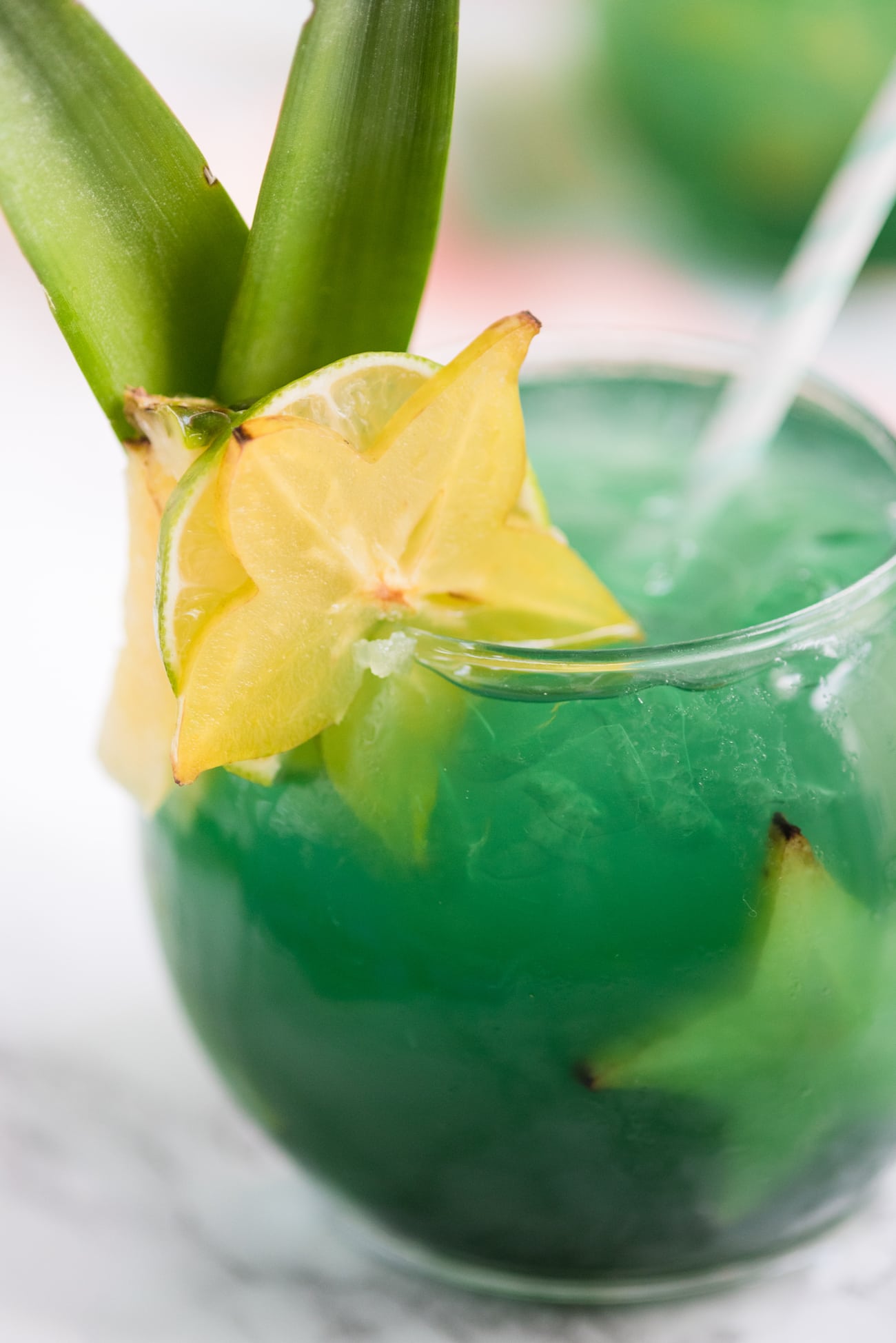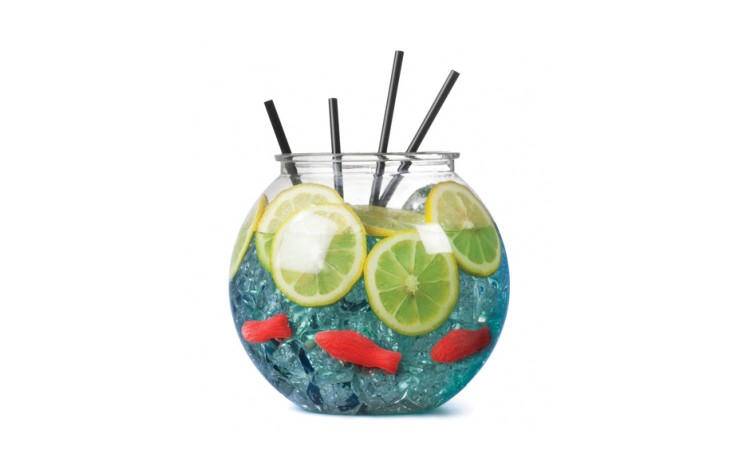

The craze was accidentally started by coveted Michelin-adorned restaurants, where chefs for purely practical reasons were trying to keep their drinks colder in a sizzling kitchen. In a short order, an interesting phenomenon took hold world-wide – the traditional G&T previously served in a tall straight glass started making appearances in the oversize fishbowl-like glassware or a Burgundy-shaped wine glass. Many other European countries have caught the trend, expanding on traditional interpretations of gin & tonic to deliver lively libations.

Precise measuring need not apply routinely a server will deliver an ostentatious ice-filled glass tableside the gin pours are generous and accompanied by a personal size bottle of chosen tonic. The near daily “party” typically starts after 10pm and goes well into the night. It’s typically drunk as a post- dinner digestif, a ritual at the end of the meal that often leads to further revelries an inherent part of Spanish lifestyle. The libation was the preferred, behind-the-scenes cocktail at such legendary restaurants as Arzak and El Bulli. The Spaniards are hooked, with even the tiniest bars in small towns boasting sizable inventories of gins and tonic concoctions. G&T gastronomy has gained popularity with local chefs. Herbs and spices such as juniper berries, mint, rosemary, and star anise add aromatic notes. Raspberries and blueberries add succulence. The drinks often incorporate citrus such as grapefruit, lemons, limes, oranges and tangerines. In Spain, G&Ts are often served in massive vessels utilizing esoteric tonics.
#Fish bowl drinks how to#
Classes on how to make a perfect “gin-tonic” abound. There are even tasting groups, where devotees learn to distinguish old-world from new-world gins.

In Madrid and Barcelona, G&T bars have sprung up everywhere. Recently, the G&T’s resurgence as a fashionable-again potion for discriminating drinkers has taken Spain by storm. 209 certainly makes for a perfect gin & tonic, but there is much more… In the age of craft cocktails, many old staples are experiencing a renaissance, with new twists on the old concoctions. Some like to consume it neat, but most prefer cocktails. Distillery No.209 fervently seeks to continue the heritage of a small batch, hand-crafted distilling of spirits made with integrity. From the onset, the aim was to craft a gin for people who are mindful of what they drink. A line of limited production, Barrel Reserve Gins are also produced, utilizing used wine barrels from Napa Valley. Their water comes from the Sierra-Nevada Mountains, the botanicals are sourced from four continents, and the attention dedicated to detail is endless. The Master Distiller, or “Ginerator,” Arne Hillesland, crafts a contemporary, clean, citrusy, floral and lightly spiced gin with a smooth, honeyed finish that has found favor with trade and consumers, nation-wide. It distills botanicals sourced from all over the world: angelica root, bergamot, cardamom, cassia, coriander and Tuscan juniper berries, to name just a few. This craft gin is distilled from a four column, 1000-gallon, alembic pot still, affectionately named Rosie. The original distillery, (209th in the country) founded in 1882, was located in Napa Valley, but local regulations forced a move to a location friendlier to the spirits business. 209, has resided at Pier 50 for over ten years.


 0 kommentar(er)
0 kommentar(er)
